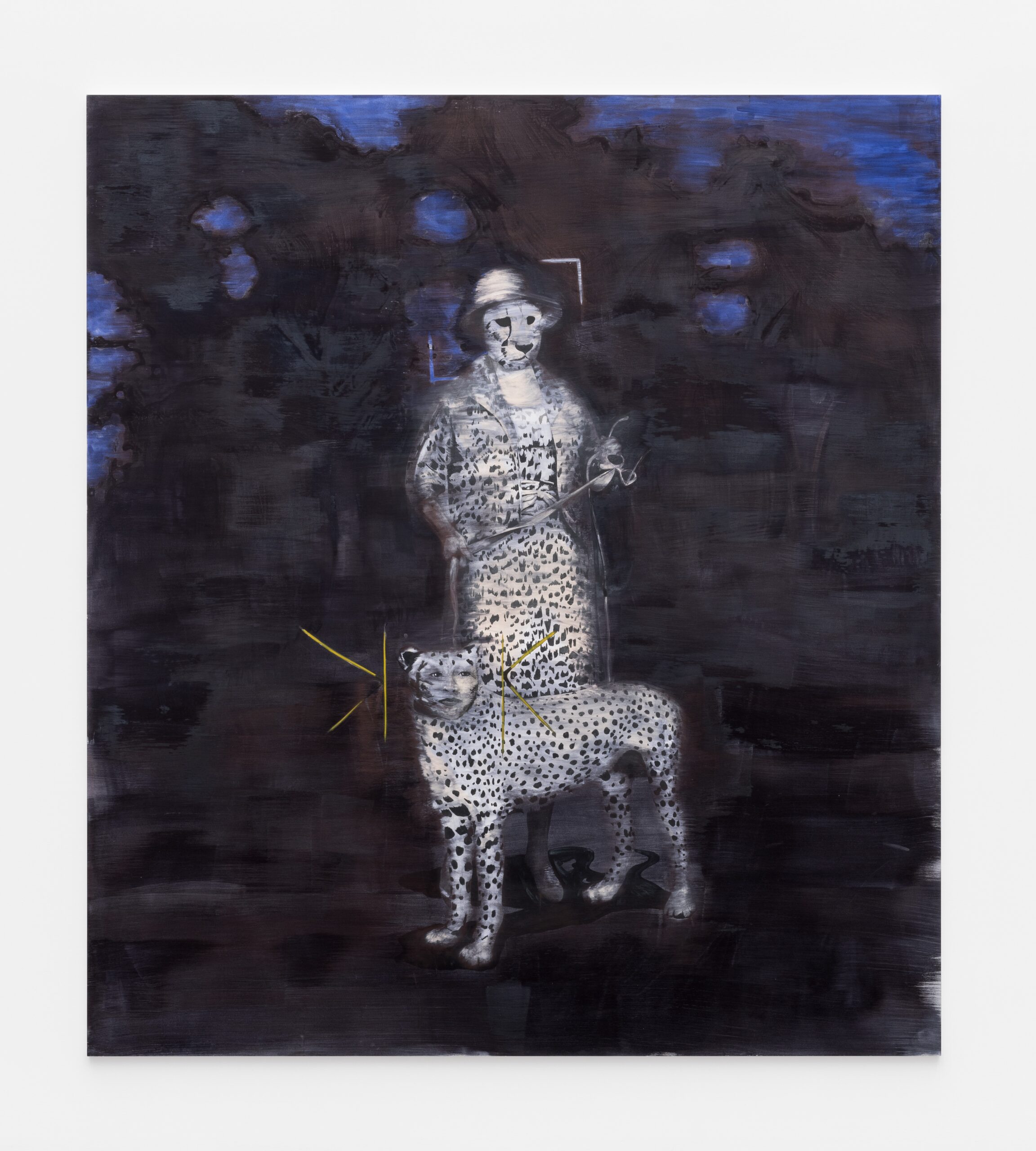At the Met in New York, through November 2, 2025, Source Notes marks the first exhibition devoted entirely to Lorna Simpson’s painting. Simpson, who has always navigated across mediums without losing her direction, now brings painting into the foreground — not as rupture, but as evolution.
Born in Brooklyn in 1960, Simpson has long been a key figure in American contemporary art, known especially for a photographic practice that blends formal rigor with political reflection and narrative sensitivity.
Now, more than four decades after her early work, Simpson returns with canvases that begin, still, in photography — often printed on fiberglass or wood — but shift into something else entirely. Over the image come ink, acrylic, and fluid washes that blur, conceal, and re-reveal. The result is never just a photograph, never just a painting. It’s a presence on the edge of clarity, a half-remembered memory, a dream fading on waking.

Silkscreen, ink, and acrylic on wood. Courtesy of the artist and Hauser & Wirth. Photo: James Wang
In Night Fall, a woman seems to surface from a dense, velvety blue. She never fully emerges — and never fully disappears. In Three Figures, a 1960s protest image is deconstructed, darkened, broken apart. It’s no longer a record. It’s a wound. And like any wound, it’s read more with the body than the eyes.
Special Characters, a series in the show, turns its focus to identity and the visual codes of Black beauty. Simpson draws from vintage advertisements to create faces that don’t exist but still feel oddly familiar. The effect throughout the exhibition is disorienting, yes — but never cold.
Recent works go further still — into space. Literally. Floating meteorites, Arctic horizons, vast and silent skies. In did time elapse (2024), a meteorite hangs in the void, surrounded by a charged stillness. It offers no faces, no scene, no narrative — and yet it’s among the fullest pieces in the entire show.
The exhibition title, Source Notes, lingers. Every image, however abstract, has a starting point. Curated by Lauren Rosati, the exhibition is presented with restraint. Wall texts don’t attempt to decode the work. They offer context, then step aside. It’s a choice that suits Simpson’s method: never prescriptive, never didactic. Her images ask for time. They reward attention.












